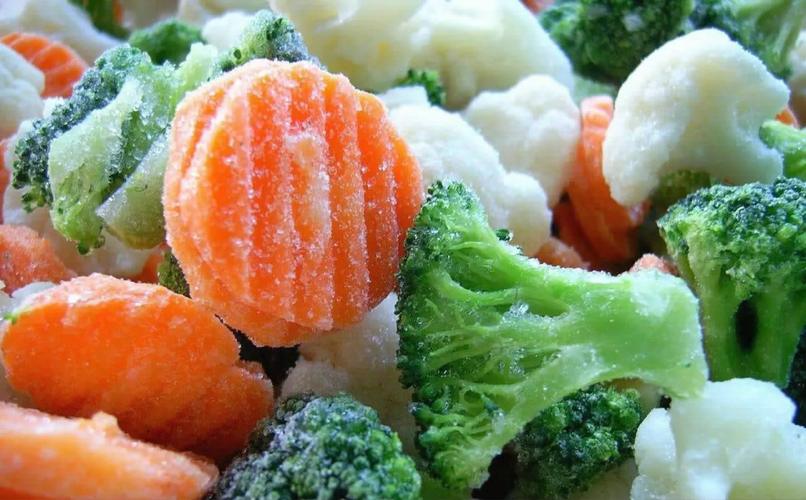In today’s competitive market, effective custom frozen food packaging is more than just a protective layer—it’s a crucial element of your brand identity and product success. With consumers demanding high-quality and visually appealing products, your packaging needs to stand out while meeting practical requirements. This guide will walk you through the key considerations for designing effective custom frozen food packaging.

1. Understand Your Product and Its Needs
The first step in designing effective custom frozen food packaging is understanding your product. Different types of frozen foods, from vegetables to ready meals, have varying needs for packaging materials and design. Consider the following factors:
- Temperature Resistance: Ensure the packaging can withstand freezing temperatures without becoming brittle or compromising the product.
- Barrier Properties: The packaging should provide a barrier against moisture, air, and light to maintain product quality and extend shelf life.
- Size and Shape: The packaging should be appropriately sized and shaped for your product, facilitating easy storage and handling.
2. Focus on Material Selection
Choosing the right material is crucial for both functionality and brand presentation. Common materials for frozen food packaging include:
- Polyethylene (PE): Offers excellent moisture resistance and is commonly used for frozen foods.
- Polypropylene (PP): Provides better clarity and higher temperature resistance, making it suitable for a wide range of frozen products.
- Laminates: Multi-layer laminates combine different materials to provide superior protection against external elements.
3. Ensure Proper Sealing and Closure
Effective sealing is essential to prevent freezer burn and contamination. Choose a sealing method that maintains the integrity of the packaging, such as:
- Heat Sealing: Common for plastic bags and pouches, ensuring an airtight seal.
- Pressure-Sealing: Often used for rigid containers, providing a secure closure.
4. Incorporate Branding and Visual Appeal
Your packaging design should reflect your brand’s identity and attract consumers. Focus on:
- Design and Graphics: Use eye-catching graphics, colors, and images that convey the product’s quality and appeal.
- Branding Elements: Include your logo, brand colors, and any other elements that reinforce your brand’s presence.
- Informative Labels: Provide clear, concise information about the product, including ingredients, nutritional information, and cooking instructions.
5. Consider Sustainability
Consumers are increasingly aware of environmental issues, so incorporating sustainable practices into your packaging design can be a significant advantage. Consider:
- Recyclable Materials: Use materials that can be recycled to reduce environmental impact.
- Minimalist Packaging: Reduce packaging waste by using minimal materials without compromising protection.
- Eco-Friendly Inks: Opt for biodegradable or low-impact inks for printing.
6. Test for Quality and Compliance
Before finalizing your packaging design, it’s essential to test it thoroughly to ensure it meets all quality and regulatory standards. Conduct tests to:
- Check Durability: Ensure the packaging can withstand the rigors of freezing and thawing.
- Verify Compatibility: Confirm that the packaging material does not react with the product or affect its quality.
7. Work with a Reputable Packaging Supplier
Partnering with a trusted packaging supplier can streamline the design and production process. Look for a supplier who offers:
- Customization Options: Ability to tailor packaging to your specific needs and preferences.
- Experience and Expertise: A proven track record in producing high-quality custom frozen food packaging.
- Support and Service: Reliable customer support throughout the design and production phases.
Conclusion
Designing effective custom frozen food packaging involves understanding your product’s needs, selecting the right materials, ensuring proper sealing, incorporating branding, and considering sustainability. By following these guidelines, you can create packaging that not only protects and preserves your product but also enhances your brand’s appeal and meets consumer expectations.
At Colorful Packaging, we specialize in providing high-quality custom flexible packaging solutions tailored to your needs. Whether you’re looking for durable frozen food packaging or innovative designs, our team is here to help.
